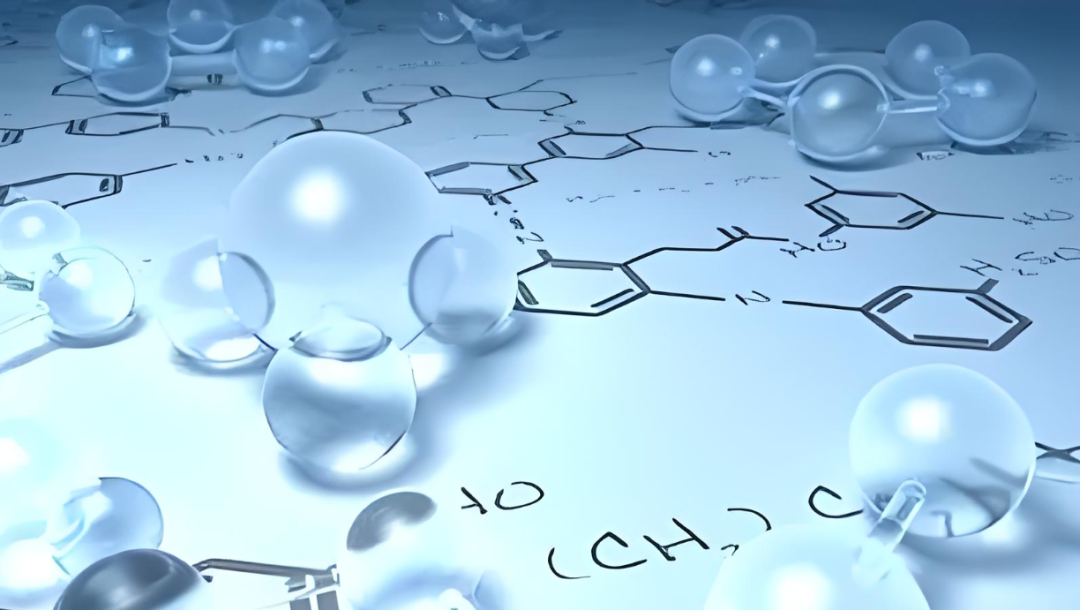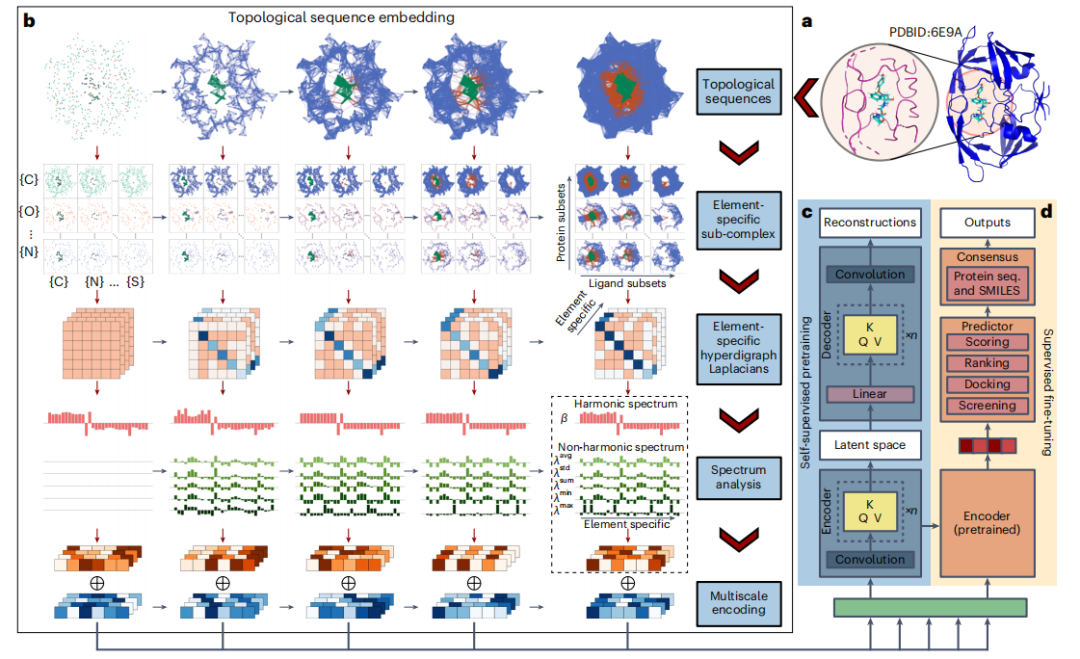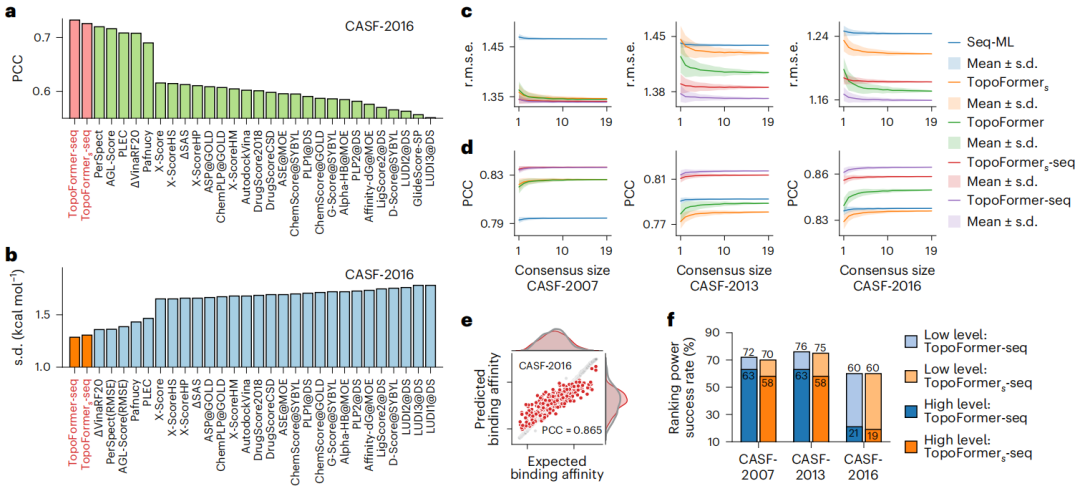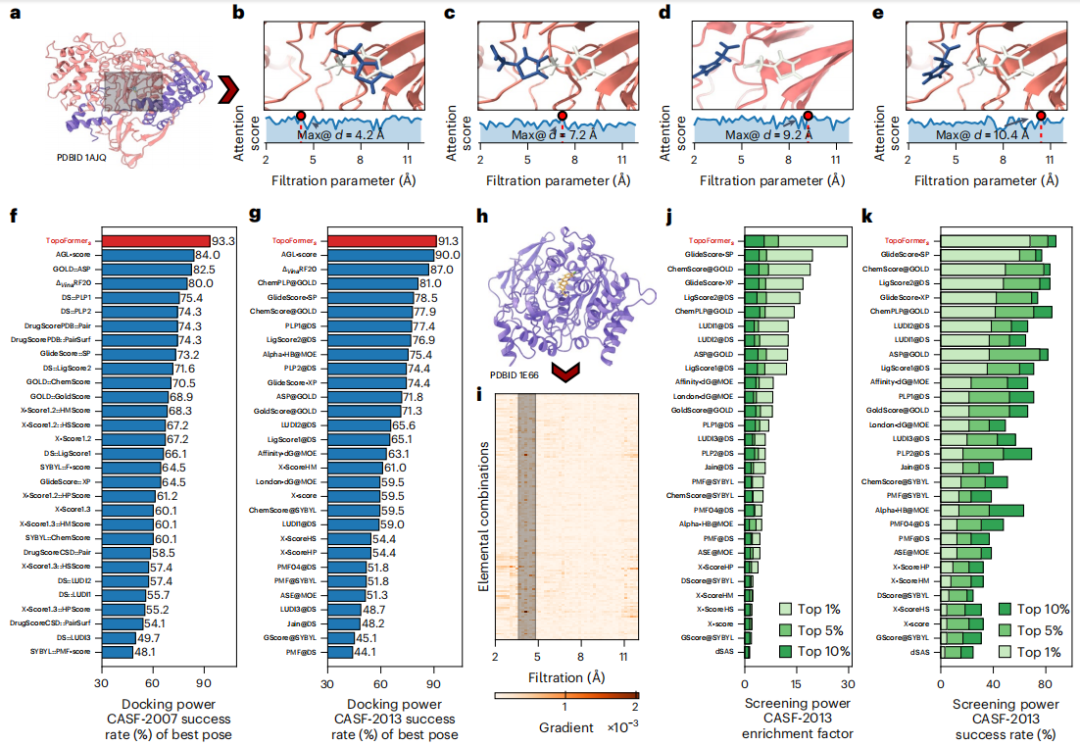

A new artificial intelligence application will help researchers improve their drug development capabilities.
The project is called TopoFormer and was developed by an interdisciplinary team led by Professor Guowei Wei from the Department of Mathematics at Michigan State University.
TopoFormer transforms the three-dimensional information of a molecule into data that can be used by typical AI-based drug interaction models, extending the ability of these models to predict drug effectiveness.
“With artificial intelligence, you can make drug development faster, more efficient, and cheaper,” said Wei, who is also in the Department of Biochemistry and Molecular Biology and the Department of Electrical and Computer Engineering.
Professor Wei explained that in the United States, developing a drug takes about ten years and costs about $2 billion. Drug trials take up about half of the time, while the other half is spent discovering new treatment candidates to test.
TopoFormer has the potential to shorten development time. In this way, drug development costs can be reduced, thereby lowering drug prices for downstream consumers.
The study was titled "Multiscale topology-enabled structure-to-sequence transformer for protein–ligand interaction predictions" and was published in "Nature Machine Intelligence" on June 24, 2024.



This approach allows the use of directed hyperedges of various dimensions to model complex interactions beyond simple pairwise connections. Furthermore, the orientation of these edges combines physical and chemical properties, such as electronegativity and ionization energy, to provide a more nuanced representation than traditional methods. The researchers demonstrated this ability by distinguishing two B7C2H9 isomers with directed hyperedges, demonstrating the method's ability to effectively differentiate between elemental configurations.
When studying protein-ligand complexes, researchers adopt topological hyperdirected graphs as initial representations and further enhance them with PTHL theory to analyze their geometric and topological characteristics.
Drawing inspiration from physical systems such as molecular structures, where the zero-dimensional Hoch Laplacian operator is linked to the kinetic energy operator of the Hamiltonian of well-defined quantum systems, researchers extend the discrete analogy to topological super to the graph. These eigenvalues of the Laplacian matrix provide insight into the properties of topological objects, analogous to the energy spectrum of a physical system.
Compared to traditional persistent homology, the PTHL method marks a major advance by analyzing a wider range of structures beyond simplex complexes. It captures fundamental homology information and geometric insights, including Betti numbers and homotopic shape evolution, through the anharmonic spectrum of the persistent Laplacian operator.
The analysis results show that it provides a more comprehensive characterization compared to traditional homology. The multiplicity of zero eigenvalues of the Laplacian operator (corresponding to Betti's number) confirms that this method contains barcoding information, providing a powerful framework for understanding protein-ligand complexes.

To capture the complex atomic interactions in protein-ligand complexes, including covalent, ionic, and van der Waals forces, the researchers used PTHL to perform multiscale analysis. This approach allows for the examination of cross-scale interactions by evolving topological sequences based on filtering parameters, thereby helping the Transformer model identify the weight of each scale on properties such as binding affinity.
Elemental interactions, including hydrogen bonding, van der Waals forces, and π stacking, are the basis for the stability and specificity of protein-ligand complexes. To analyze these interactions at the elemental level, the researchers introduced element-specific analysis in topological sequence embedding.
This method constructs sub-hypergraphs based on common heavy elements in proteins and ligands, generating element-specific Laplacian matrices to encode interactions within the complex. The technology extracts detailed physical and chemical features that enhance Transformer models' understanding of complex dynamics in protein-ligand interactions.
Conclusion
To summarize, TopoFormer is trained to read one form of information and convert it into another. In this case, it takes three-dimensional information about how proteins and drugs interact based on their shapes and reconstructs it into one-dimensional information that current models can understand.
The new model is trained on tens of thousands of protein-drug interactions, where each interaction between two molecules is recorded as a piece of code or a "word." These words are strung together to form a description of the drug-protein complex, creating a record of its shape.
"This way, you have many words strung together like sentences." Wei said.
Other models that predict new drug interactions can then read these sentences and provide them with more context. If a new drug were a book, TopoFormer can turn a rough story idea into a complete plot, ready to be written.
Paper link: https://www.nature.com/articles/s42256-024-00855-1
Related reports: https://phys.org/news/2024-06-drug-discovery-ai-3d -typical.html
The above is the detailed content of Published in the Nature sub-journal, the topological Transformer model predicts multi-scale protein-ligand interactions to assist drug development. For more information, please follow other related articles on the PHP Chinese website!




